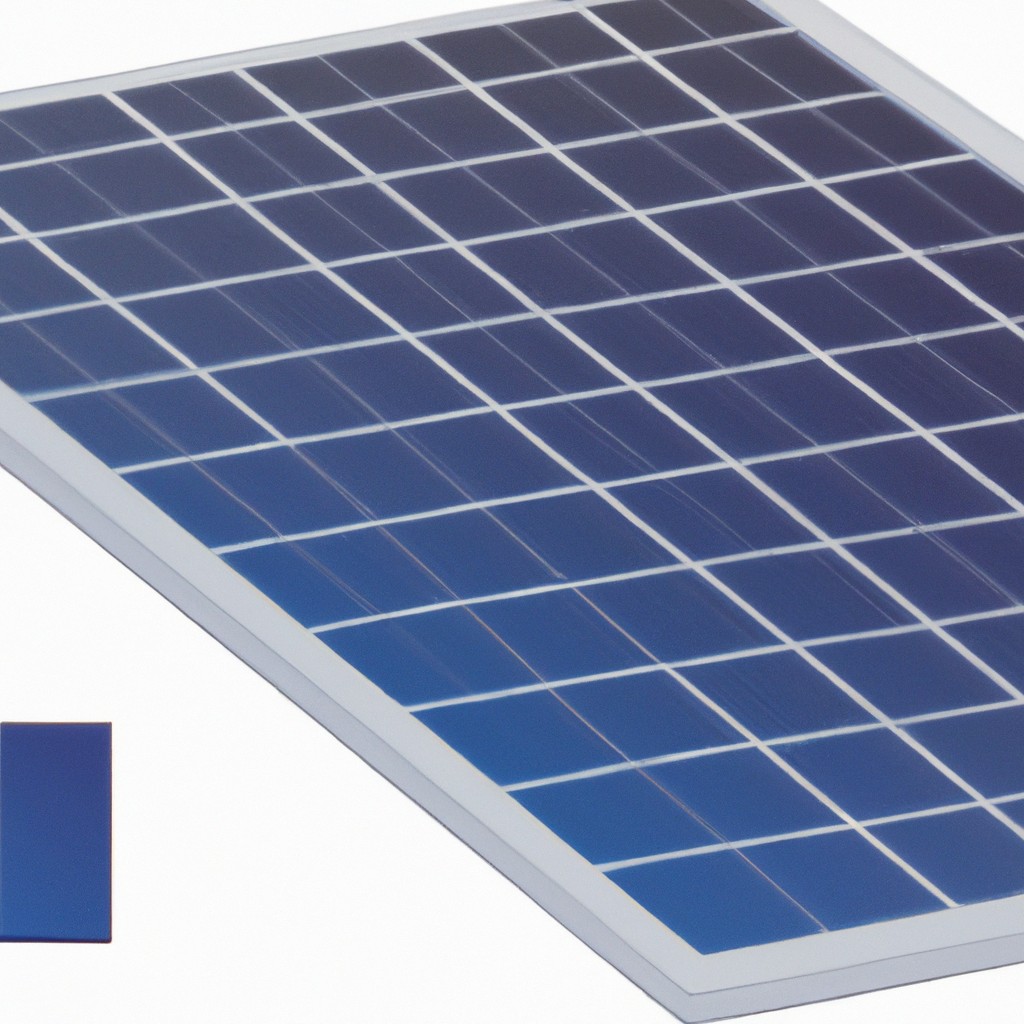This buying guide evaluates the top solar generators on the market, highlighting their features, efficiency, and portability to help you determine the best fit for your energy needs.
Key takeaways:
- Consider capacity in watt-hours (Wh) for energy needs.
- Evaluate the cost, including long-term savings and incentives.
- Check the output in watts (W) for device compatibility.
- Consider weight for portability and power capacity.
- Balance capacity and portability for the perfect match.
Factors to Consider When Choosing a Solar Generator

Selecting the appropriate solar generator hinges on individual needs and intended use. Capacity, or battery size, is measured in watt-hours (Wh), indicating how much energy can be stored for future use. For instance, a higher Wh rating means more energy to keep devices running during a power outage or off-grid adventure.
Cost is a significant factor, with prices varying based on features like capacity and portability. It’s crucial to balance budget with requirements to find a cost-effective yet reliable power solution.
Output, gauged in watts (W), determines how many devices can be powered simultaneously and which appliances the generator can support. Ensure the generator’s peak output aligns with the demands of high-consumption devices if needed.
Weight affects portability. Lighter models are ideal for camping, while heftier units may serve better as stationary home backup solutions. Portability should not compromise the necessary power capacity or lead to excessive costs.
Considering these factors equips potential buyers to make informed decisions, matching a solar generator to their specific energy needs and lifestyle demands.
Capacity
Capacity reflects the amount of electricity a solar generator can store and supply, measured in watt-hours (Wh). Essentially, it indicates the total energy available to power your devices. A higher capacity means you can run more devices for longer periods without needing a recharge.
For example:
- A small capacity of around 200Wh could charge your smartphone roughly 20 times.
- A medium capacity of 500-1000Wh might power a mini-fridge for about 10-20 hours.
- Larger capacities, such as 2000-3000Wh, are suited for several appliances over multiple days, ideal for prolonged outages or camping trips.
Consider your energy needs when choosing the capacity—account for the wattage of your devices and the duration you require them to run. Remember, a balance between adequate capacity and portability is crucial; higher capacity increases weight and size.
Cost
When evaluating the cost of solar generators, consider both the initial price and potential long-term savings. Higher capacity models typically come with a heftier price tag but offer more energy to power appliances during outages or off-grid trips. To strike a balance between affordability and effectiveness, assess your specific energy needs.
The sticker price is just part of the equation. Efficiency, durability, and included accessories (like solar panels or extra charging cables) affect overall value. Look at the lifespan of the battery and inverter to estimate maintenance or replacement costs.
Incentives such as tax credits or rebates for renewable energy products might be available and could significantly lower your out-of-pocket expenses.
Lastly, compare your anticipated energy bills with and without a solar generator to gauge potential savings from reduced reliance on the grid, keeping in mind that solar generators can also offset fuel costs for traditional gas-powered generators.
Output
Output, measured in watts (W), dictates the type of devices a solar generator can power. Models with higher output can support larger appliances, such as refrigerators, while those with lower output are suitable for charging small electronics like phones.
A generator with a pure sine wave inverter ensures a clean and stable electricity supply, compatible with sensitive devices.
Continuous output describes the stable power a unit can supply, whereas peak/surge output refers to the maximum wattage it can deliver for short bursts, essential for starting up appliances with electric motors.
It is crucial to assess the wattage requirements of intended devices and ensure the solar generator’s output matches or exceeds that demand.
Weight
Considering the portability of a solar generator is essential, especially for camping trips or emergency evacuation scenarios. Here are a few aspects to keep in mind:
- Lighter models are easier to transport, making them ideal for outdoor activities. They typically range from 10 to 30 pounds.
- Heavier generators, around 50 to 200 pounds, offer longer-lasting power and increased capacity, suitable for home backup systems.
- Assess the weight versus power trade-off: a heavier unit may provide more watt-hours, but it’s important to ensure that you can move it comfortably.
- Check for models with wheels and handles, as they greatly improve maneuverability despite the increased weight.
- Always consider who will be handling the generator and if it can be easily lifted into a car or moved to a secure location.




